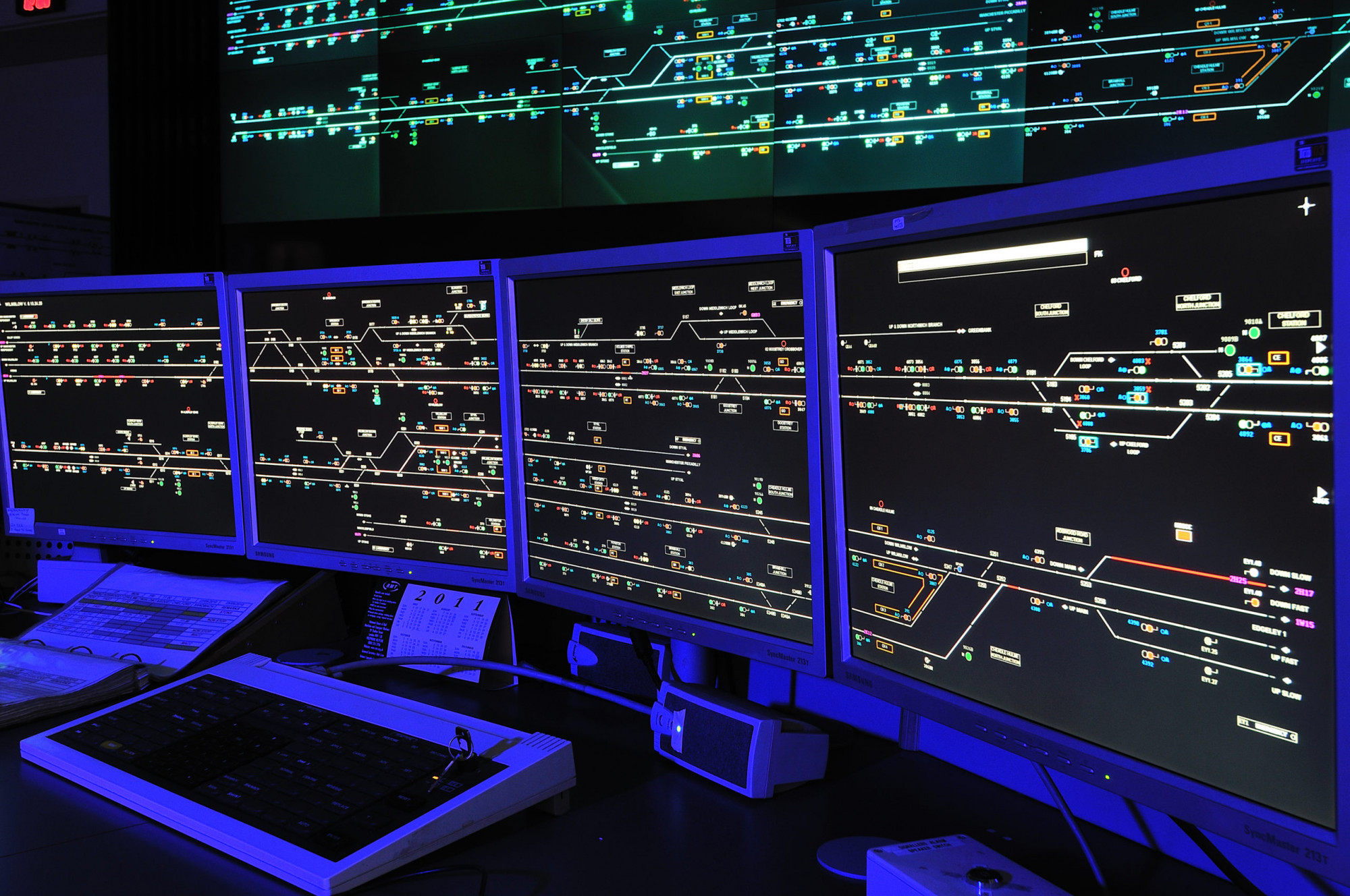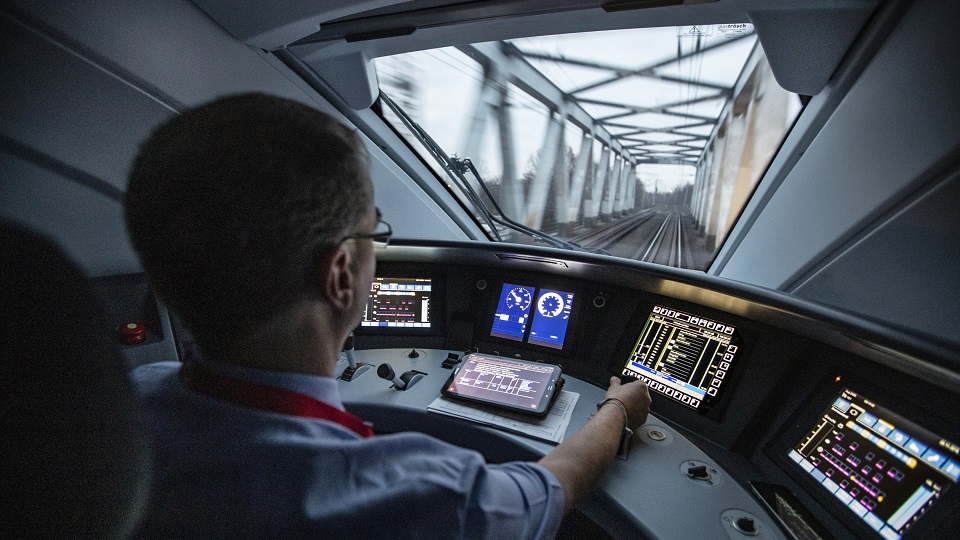Automation vs. human oversight: the human factor in rail
Automation is transforming the way we work in industries worldwide. From self-checkout machines in supermarkets to AI-assisted diagnostics in healthcare, technology is taking on tasks that were once the sole domain of humans. The rail industry is no exception. Driverless trains, automated signalling, and AI-driven predictive maintenance are reshaping railway operations. But as automation advances, an important question remains: where does the human fit in?

Automation promises efficiency, precision, and consistency, reducing human error and operational costs. However, history has shown that over-reliance on technology without considering human factors can lead to unintended consequences. In aviation, the automation dependency of pilots has been linked to critical failures when systems malfunction. Similarly, in the automotive sector, semi-autonomous vehicles have demonstrated that human oversight is still crucial in unpredictable situations.
Rail is a highly complex environment where human decision-making remains vital. While automation streamlines operations, it also changes the role of human operators, raising new challenges in system design and interaction. At Mima, we believe that successful automation in rail must be designed with human factors at its core to ensure safety, efficiency, and positive user experiences.
Automation in railways encompasses various levels, from basic assistance systems to fully autonomous operations. While these technologies can reduce human error and increase operational efficiency, they also introduce complexities that require careful consideration. Francesca Podmore, Mima's Head of Human Factors, emphasises;
Automation should not replace human involvement but rather augment it. Our goal is to design systems where technology and human operators work in harmony, each complementing the other's strengths.
Mima completed usability testing with Signallers, SSMs and Trainers on the Hitachi TREsa suite which offers automation for the signalling task as well as training and support systems. The testing ensured that all of the systems were usable in regards to HMI design and that the system behaviour met user expectation, as well as provided adequate situational awareness to carry out normal operations and easily take over in a degraded or emergency situation.
A pertinent example of this approach is our collaboration with Siemens Mobility on the Crossrail project. Mima assessed the Human-Machine Interface (HMI) of the automated signalling control system from concept to detailed design, involving end-users throughout the process. This user-centered design ensured that the automated systems aligned with the operators' needs, enhancing both safety and efficiency.

Further to this, Mima is working again in Oslo with Siemens on the use of Automatic Train Operation (ATO). Whilst reviews of the physical ergonomics of the cab design have already been undertaken, the upcoming focus is on the impacts of automation on drivers' tasks. This is crucial as this transition requires careful consideration of how automation affects drivers' tasks and workload.
Similarly, our work on the London Bridge Station redevelopment involved understanding passenger flows and operational plans to inform the wayfinding design. By integrating human factors expertise, we ensured that the automated systems complemented human behavior, resulting in a station that is both intuitive and efficient for users.
However, the integration of automation is not without challenges. Human oversight remains crucial, especially in complex or unexpected situations where human judgment and adaptability are indispensable. Francesca Podmore notes; "while automation can handle routine tasks, human operators are essential and must be able to maintain situational awareness for managing anomalies and making decisions where the system cannot."
Our project with the Wessex Integrated Control Centre (WICC) exemplifies this balance. Mima led a human-centered design process to transform how two control centers, located 40 miles apart, operate together. By focusing on organisational change and integrating technology thoughtfully, we enabled a future-focused operation with bold ambitions for performance in the rail sector. In conclusion, the future of rail transport lies in the seamless integration of automation and human factors. By designing systems that leverage technological advancements while prioritising human involvement, we can create railway networks that are safe, efficient, and user-friendly. As Francesca Podmore aptly states: "the synergy between automation and human expertise is not just beneficial but essential for the advancement of our railway systems."
Written by:

Francesca Podmore
Head of Human Factors
Fran is an experienced human factors engineer with a portfolio of projects across rail, aviation, energy and government sectors. She has led a number of major projects including our work on the command centre for the ITER fusion reactor. She brings experience across a range of human factors methods including UX design, risk assessment and user trials organisation.